Blog
-
1 / 2
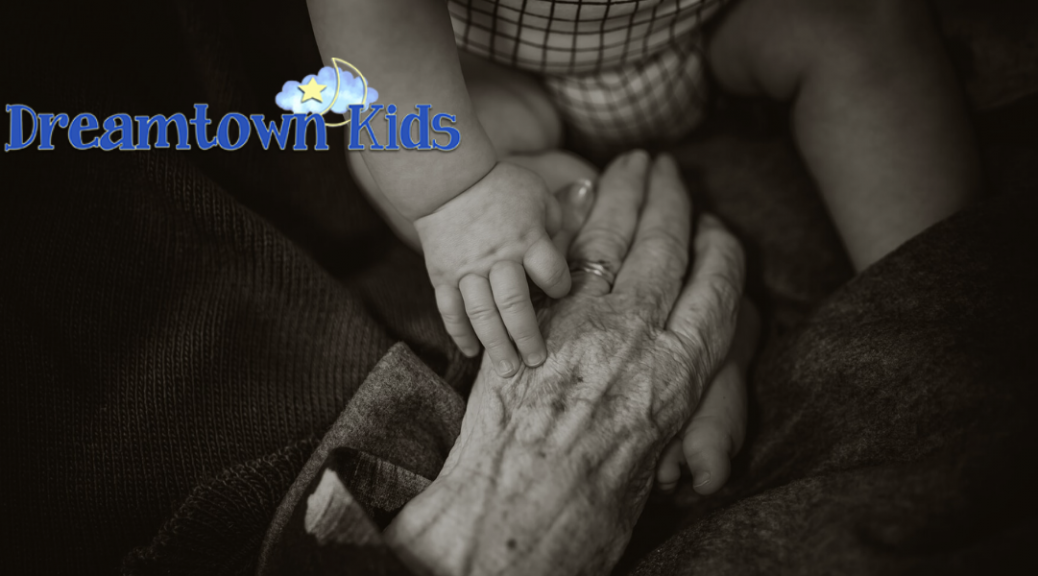
First Sleepover At Grandma’s
We know how our toddlers click, from how they like to play to their fussy habits and more. But somehow…Grandma still knows best!

Memory Foam Vs. Fiber Fill Pillows
When it comes to sleep, and achieving the most high quality sleep possible, people’s attention oftentimes gravitates towards their mattress. While it’s important to g...
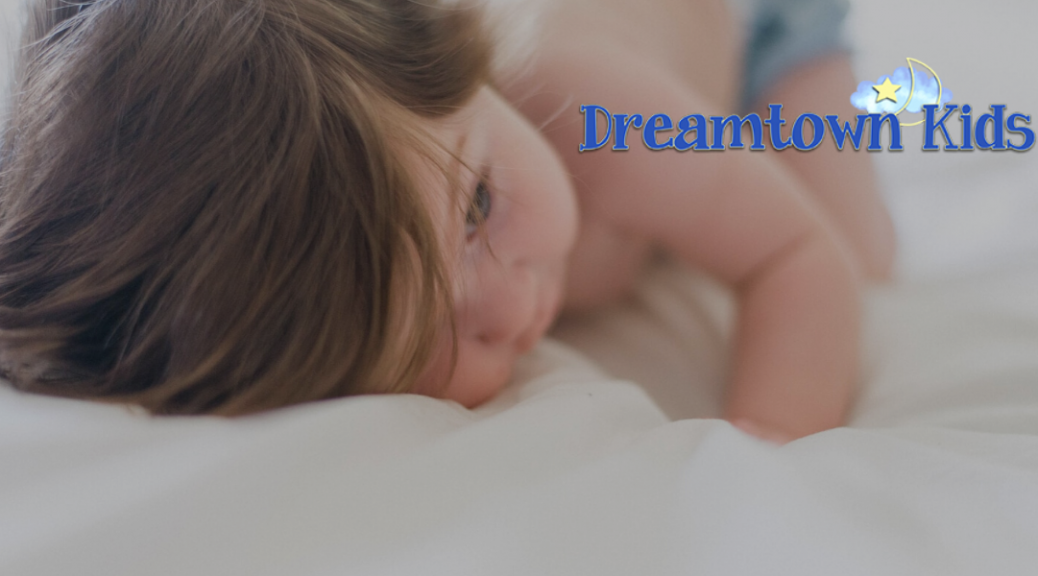
How To Transition Your Baby Into A Toddler Bed
Transitions are a part of life. We’ll be transitioning into new stages way into our late years, and the same can be said for our first, initial stages of life as well...
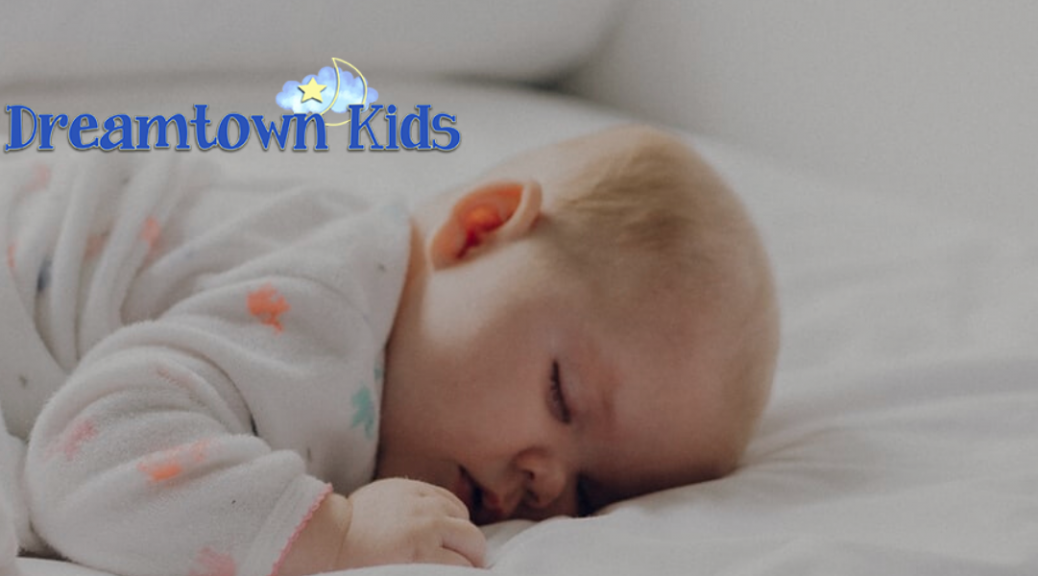
Pillow Fillings And Hypoallergenic Properties
As we’ve discussed in past articles, we all tend to be mindful of what materials we trust in products for our little ones, as we’re always looking out for their well-...
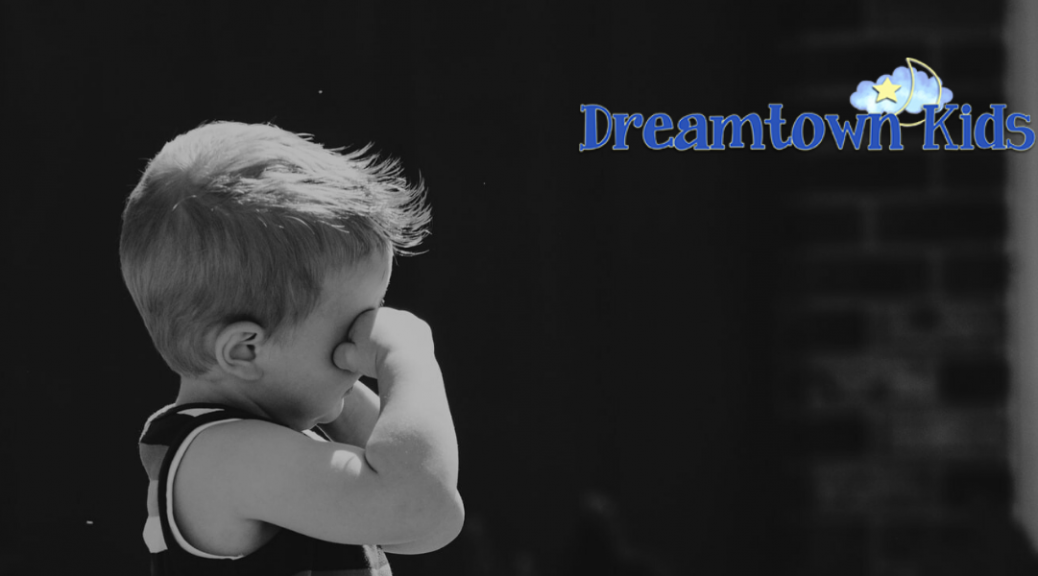
What Does Hypoallergenic Mean?
When it comes to products or materials that we are going to bring into our lives, it pays to be mindful of those items and how they could potentially negatively impac...

Top 4 Sleeping Apps For Kids.
Your toddler’s sleep is important! They’re in a time of growth unlike any other, and that much needed regenerative rest is going to be their biggest aid in that growt...

Kid Activities To Substitute For Screen Time
Screen time.It has become all too much a part of our day-to-day lives. The dawning of streaming serves couples with our i...

Difference Between Organic Cotton Vs. Conventional Cotton.
Last week we touched on where the majority of cotton is produced in the United States, and where we here at

Did You Know? Most Of Our Organic Cotton Products Are Made From Cotton Grown In Texas!
When it comes to the materials used our kids’ clothing, bedding, and more, parents want something that is trustworthy. You want to ensure the safety, comfort, durabil...
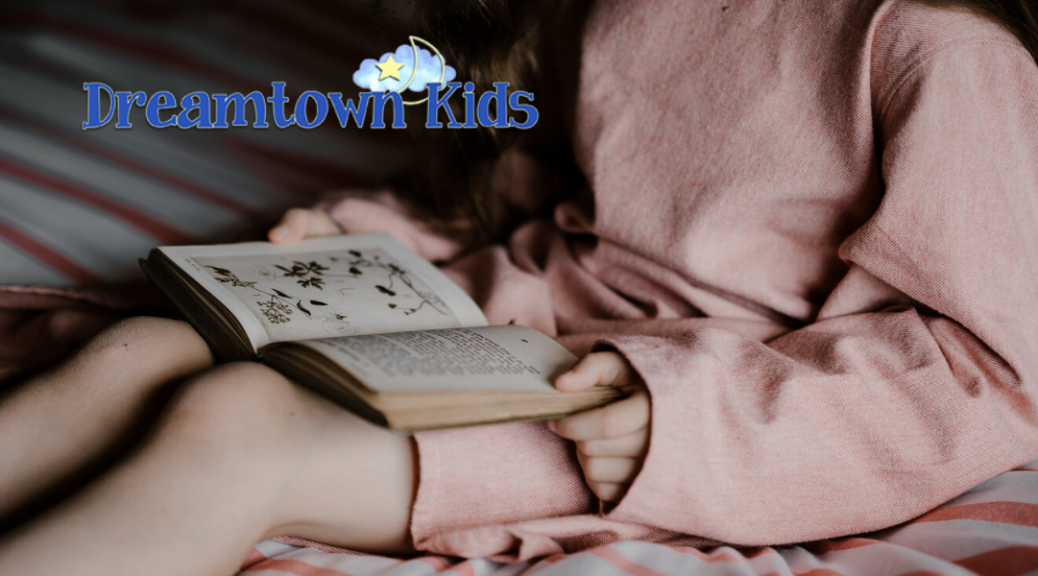
Benefits Of Reading Stories Before Bedtime
We’ll just go ahead and say it. There is no doubting, denying, or arguing that bedtime stories are good for helping your child get to sleep and achieve more quality s...

Christmas Activities With Toddlers
Christmas is right around the corner, and we are all feeling it! If you and your little ones have yet to really dive into the Christmas festivities, now is the time t...
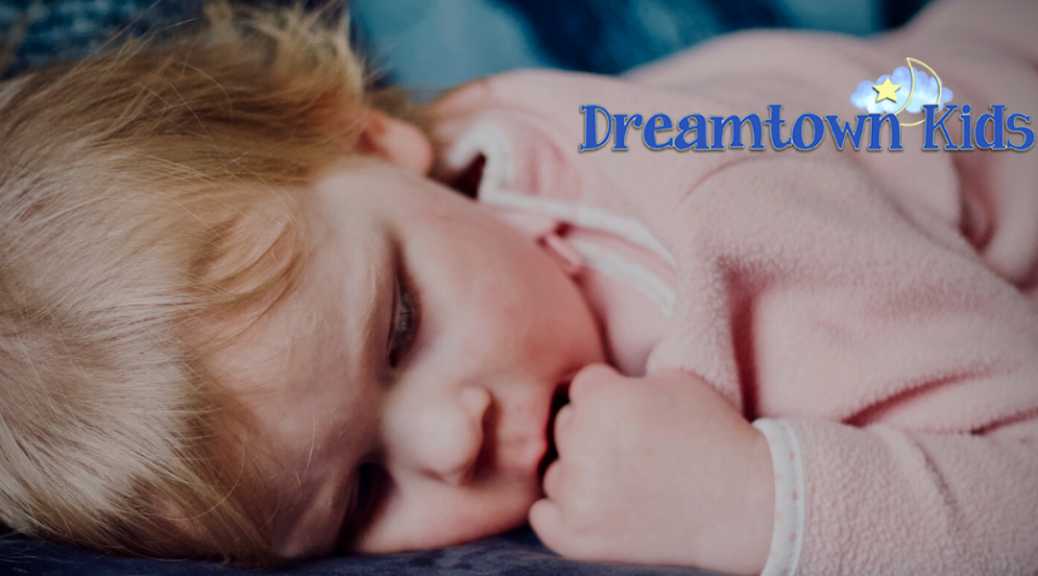
Calming Your Toddler Down Before Bed
Our kids have a lot of energy, this much is for certain! One thing that is not always so certain, however, is if we’ll be able to easily get them to sleep each night ...
-
1 / 2